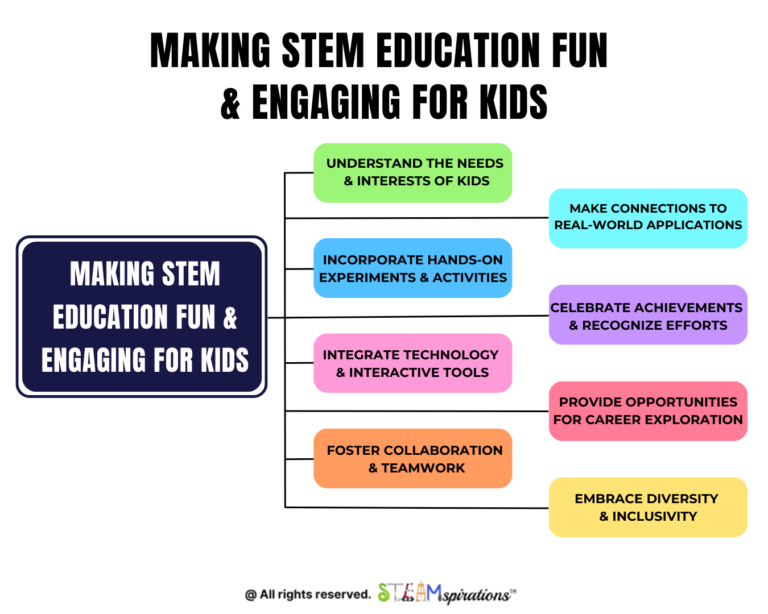As educators, we know that classroom management is essential to create a positive and effective learning environment. But have you ever stopped to consider the importance of routines and procedures in achieving this goal? In this article, we will explore the benefits of routines and procedures in classroom management and how to effectively incorporate them into your teaching practice.
The Importance of Routines and Procedures
Imagine a classroom where students come in and out of their seats, talk over the teacher, and refuse to complete assignments. In this scenario, it’s hard to imagine that any learning is taking place. This is where routines and procedures come in – they provide structure and predictability, creating a sense of stability and security for students. When routines and procedures are in place, students know what is expected of them and feel more confident in their ability to succeed.
Ineffective Classroom Management: What Not to Do
An ineffective teacher jumps right into teaching content without establishing classroom procedures, rules, and expectations. This can lead to a year of trying to keep behavior under control instead of teaching. In contrast, an effective teacher knows that the first two weeks of school are crucial for establishing routines and procedures. They take the time to teach students about consequences and to take responsibility for their actions. By doing so, students know what is expected of them at all times, reducing uncertainty and creating a more productive learning environment.
Effective Classroom Management: The Benefits of Routines and Procedures
Recent studies have shown that teachers who use routines and procedures effectively promote positive student behavior, better engagement, and a more successful learning space. When students know how to behave and what to expect, they are more likely to be focused, engaged, and productive. Classroom routines and procedures also provide a sense of safety and structure, which can be particularly beneficial for students who may struggle with anxiety or other emotional challenges.
Discipline vs. Procedures
It’s important to note that disciplinary rules and procedures are not the same things. Rules tell a student how they should behave, such as not chewing gum during a lesson. Procedures, on the other hand, dictate how to act and behave in specific situations. For example, during roll call, the procedure would be that the teacher individually calls out each name and if the student is present, they reply with an affirmation.
Incorporating Routines and Procedures into Your Classroom
Now that we understand the importance of routines and procedures in classroom management, let’s explore how to incorporate them into your teaching practice.
Step 1: Setting Expectations
The first step in establishing routines and procedures is setting expectations. Communicate to your students what you expect of them in terms of behavior, academic performance, and participation. Be clear, concise, and consistent in your expectations.
Step 2: Establishing Routines
Next, establish routines for repetitive activities such as entering the room, starting the lesson, transitioning between class activities, and being dismissed. Consistency is key here – following the same actions every day will develop into a routine for the students.
Step 3: Teaching Procedures
After establishing routines, teach your students specific procedures for things like turning in homework and asking for help. This helps ensure that students know exactly how to do these things and reduces confusion while also saving precious lesson time.
Step 4: Practicing Routines and Procedures
Once you’ve established routines and procedures, it’s important to practice them with your students. This helps reinforce expectations and ensures that students know exactly what to do in different situations. An effective teacher does this by practicing the routines and procedures during the first few weeks of classes.
Step 5: Reinforcing Expectations
Finally, reinforce your expectations throughout the school year. Remind students of the routines and procedures, and praise them when they follow them correctly. The more you reinforce the expectations, the more likely students are to follow them.
About the Author
John Lara is one of the founders of STEAMspirations and is also a school administrator with a passion for implementing research-based best practices in education. John has a diverse educational background which includes a Masters in Interdisciplinary Studies from Western New Mexico University and is working on a Ph.D. in Psychology, in Cognition & Instruction from Grand Canyon University in Phoenix, AZ.

